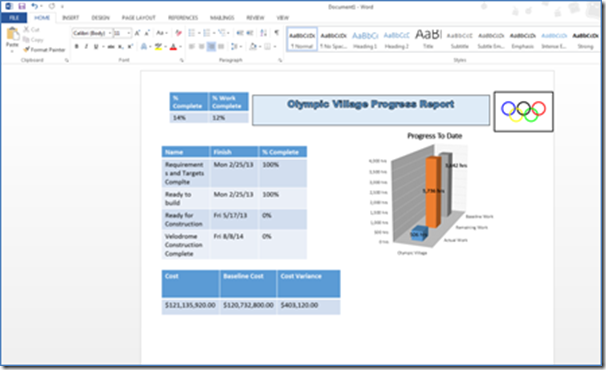Show Start and Finish Dates with Planned and Actual Indicators
If you regularly show ‘Actual Start‘ and ‘Actual Finish‘ dates alongside ‘Start‘ and ‘Finish‘ dates in order to show what has actually happened, here is a display technique that can save you some real estate in a view or report: placing a “P” next to the date to indicate that it is still planned or Read more about Show Start and Finish Dates with Planned and Actual Indicators[…]




